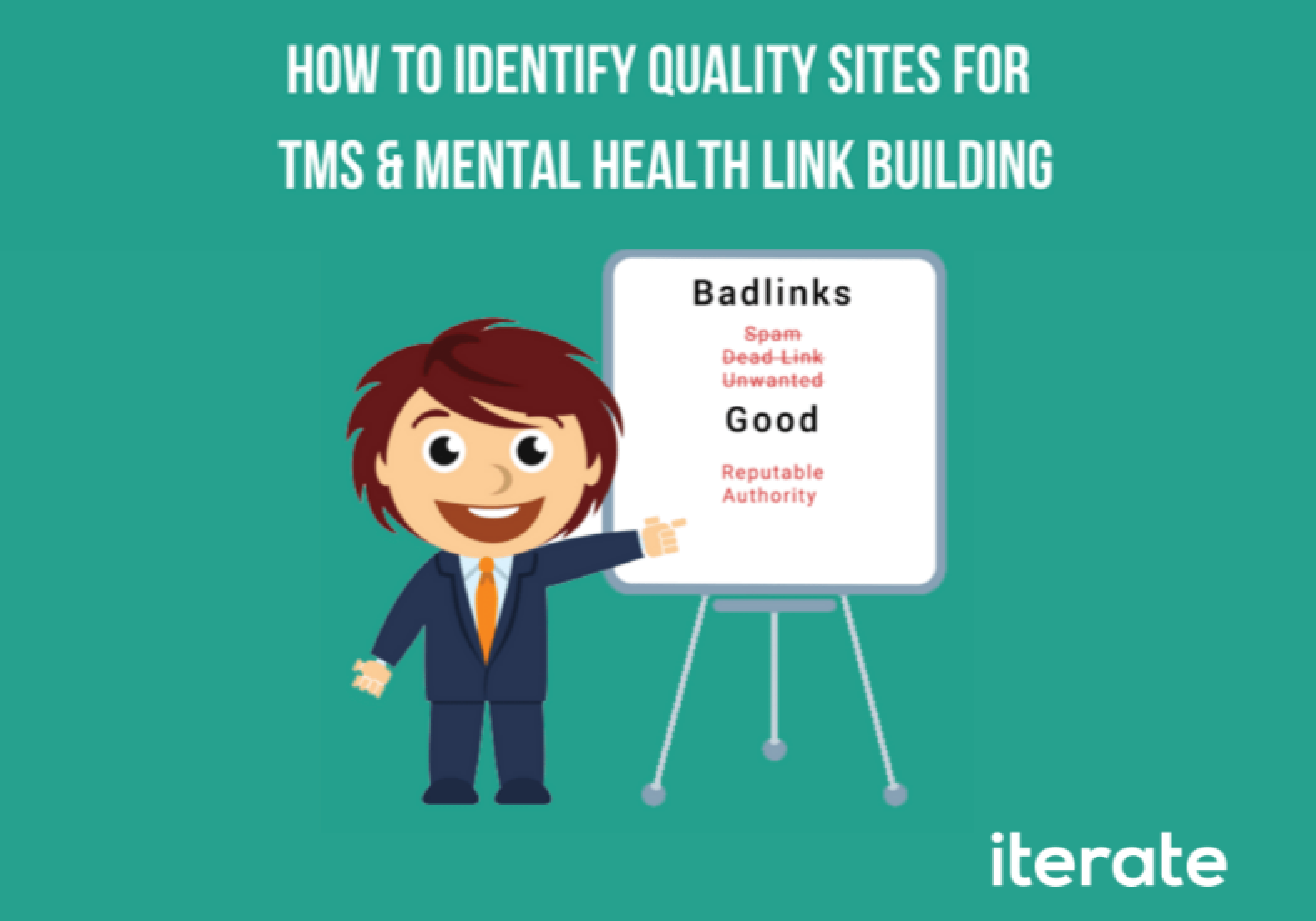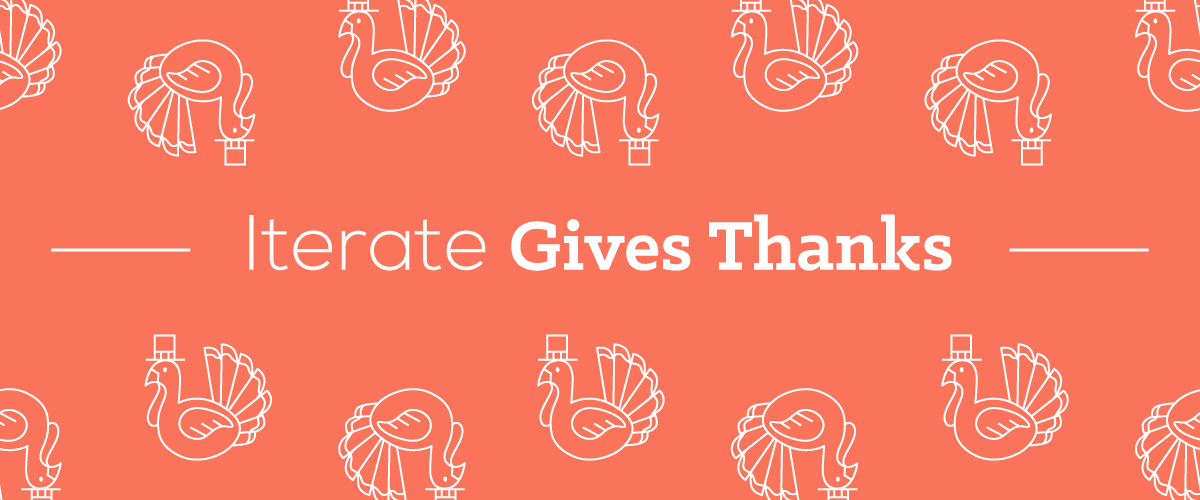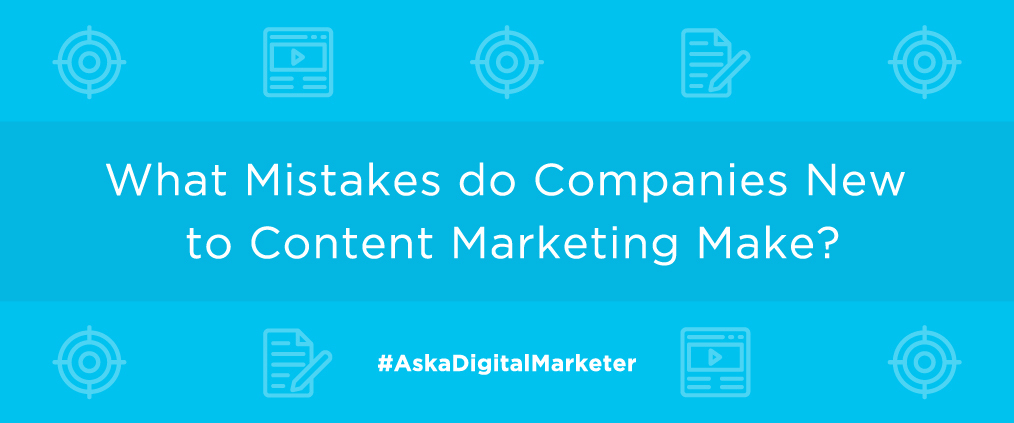Over the last few years, Google has rolled out significant changes to its search engine results page (SERP). From a simple list of top search results, the Search Page has evolved to show an ever-widening array of information, from answers provided by Knowledge Graph to local listings and reviews tied to Google Maps. In a recent white paper, Mediative’s digital marketers took an in-depth look at the changing face of Google’s SERP and its effect on user behavior.
In 2005-6, the typical SERP was a list of search results that we are are familiar with: 10 organic links to webpages, with a title and short description. First on the page would be a handful of ads (usually 3) followed by 10 organic results.
In 2005, Enquiro were the first to coin the term “Golden Triangle.” Based on heat-mapping and eye-tracking reports, researchers identified a triangle of user attention from top-to-bottom and left-to-right. This research became very prominent in SEO circles, and was the perfect ammunition for proving that the top 3 organic search results were the prime real estate for massive amounts of traffic.
The keywords used by searchers were also a reflection of Google’s emerging technology. In those dark days before personalized search, every user would be served the same results for the same keywords, and a broad search for “Inbound Marketing” would display results from all over the world! Thus, these years were the height of explicitly localized keyword usage, searches for “Inbound Marketing in Portland, OR” filled search query reports for years.
Since those salad days of Google’s youth, we’ve seen huge changes to the SERP. As the search giant has changed their mission from simply providing the most relevant results for a given search term to predicting and anticipating the question behind the search query, additional elements have been added to the page to compete for user’s attention.
As a result of these and other additions, prime real estate on the SERP has shifted considerably. More recent heat-mapping by Mediative reveals that the Golden Triangle” is a thing of the past. With the first Organic Result now occasionally appearing ‘below the fold’ users have become much more sophisticated in their brief hunts for the most relevant and useful information on the SERP.
Possibly as a result of mobile browsing, users are now conditioned to search vertically rather than horizontally. This means that businesses in lower positions (esp 2-4) are much more likely to be seen now, even if that result is further down on the page than previously.
What this means for you:
- The #1 Spot Is Still Valuable, But Not The Only Thing Of Value.
- Local Listings and Reviews Can Have A Dramatic Effect On Traffic.
- ‘Clicks’ Aren’t The Only Metrics To Watch.
- Monitor Knowledge Graph Results For Your Top Search Queries.
- If Knowledge Graph Isn’t Displaying Relevant Information, You Can Capitalize On That Confusion.
Want to learn more about getting the most out of your Google listing? Contact us today, we’d love to chat with you!






